What makes a home “smart”? A video doorbell that alerts you to every approaching visitor? A smart heating controller that ensures you don’t waste energy and money by heating an empty home? Or perhaps some high-tech bulbs that will turn on at sunset to make your home look occupied – and turn off at a set time so you aren’t using power unnecessarily.
The answer is all of the above.
Think of it as the next level of your home’s development. In the same way that indoor plumbing and electricity have changed how our homes operate, connected devices can make it work more efficiently and more conveniently for you.
Imagine this scenario: you arrive home at the end of the day. As you pull into the driveway the smart lock on the porch door detects your approach and automatically opens, the lights turn on in the porch so you don’t have to fumble for the lock in the dark, the smart heating system has the house at the right temperature and the oven is warming up, ready for you to put dinner on.
READ MORE
When you enter the kitchen the smart hub begins your evening news briefing and your phone pushes the cooking instructions for that new dish you wanted to try to the connected oven, talking you through each step of the process of cooking. The fridge alerts you to the fact that you are running low on milk, adding it to your shopping list. In the meantime, the robot vacuum has taken care of some of the day’s dust with a quick trip around the floors, so you can sit back and relax once dinner has been cleared away.
It may sound like science fiction but this is all possible with a few well-chosen smart home devices.
First things first: decide on your priorities. A smart home is one that should work for you, not against you, making your life easier rather than filling it with new complications. If your priority is home security, focus on the devices that will enable that; likewise for energy efficiency or convenience.
According to Kube Interiors’ Dave Fagan, customers are seeking energy efficiency and sustainability from their home devices.
“Smart homes are now more about sustainability and usability,” he says. “What people are looking for is smart appliances that save money, that save time and can tell them how to use them.”
The next thing to look at is your internet connection. A strong broadband connection will form the backbone of your smart home, allowing your devices to communicate and giving you the ability to control them from outside the house.
“Every great Smart Home starts with wifi,” says Warren Beakey of Harvey Norman. “Once we get past the baseline of getting great wifi then every journey thereafter, it’s seamless.
As part of that, he says, make sure that the entire house is covered by your wireless network. Most homes, regardless of their size, will have some black spots where the wifi can’t reach because of interference caused by the number of other devices in the vicinity, the thickness of internal walls and the positioning of your router.
But this is one issue that can be easily solved by installing a mesh network. This essentially blankets your home in wifi, using a series of nodes that you can place around your home to maximise your network’s reach. The options vary widely in price, from €130 for the TP Link AC1200 system, to more than €400 for a similarly sized Google Nest Wifi Pro set-up.
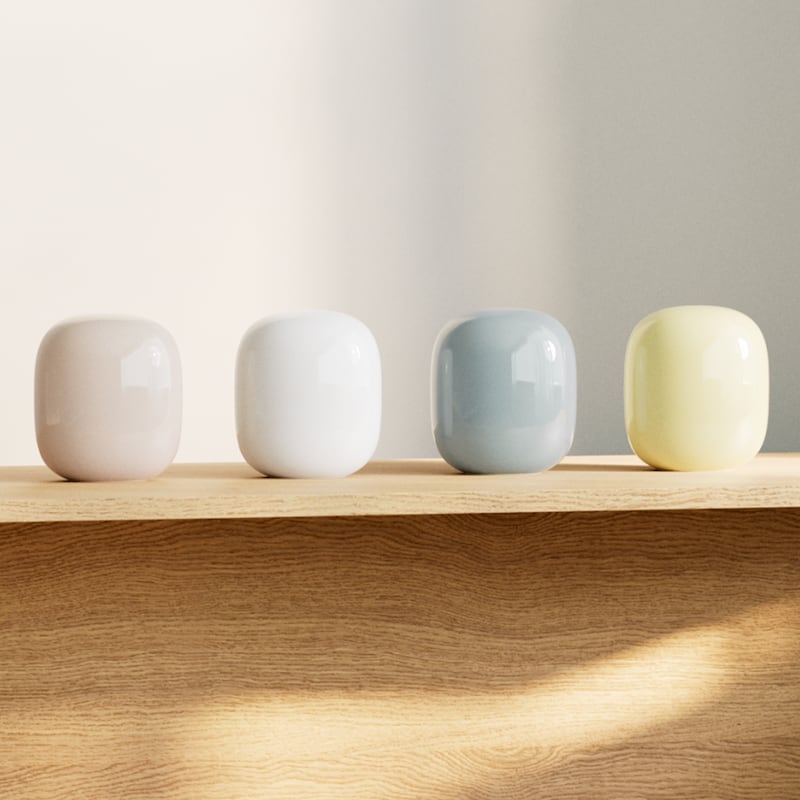
For many people, their first experience of a smart home will be a connected doorbell, such as the Ring (€100), the Nest Doorbell (€159), or the Eufy wireless video doorbell (€130). These not only provide you with the security of knowing who is waiting for you on the other side of the door but they can also act as a trigger point for other smart home devices, such as security lights.
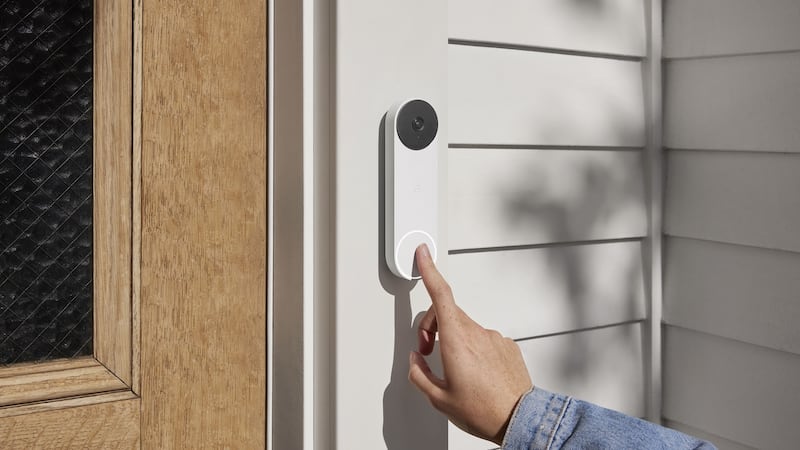
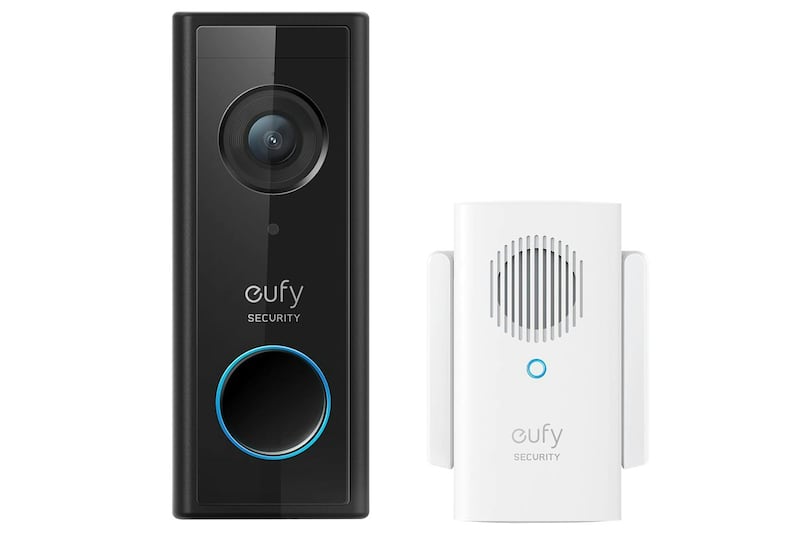
From there it is a short leap to wifi-enabled bulbs, such as those offered by TP-Link through its Tapo and Kasa brands, or for something a little more eye-catching without being too expensive, WiZ, a Philips brand. Lights can be turned on and off at a tap or set to schedules that shift with sunset.
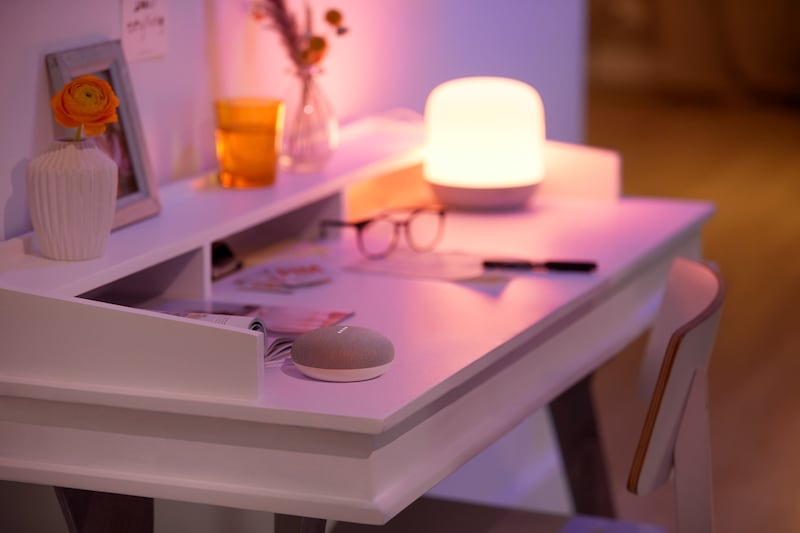
And all those devices can be controlled via one app on your phone, whether you choose to go for Amazon’s Alexa app, Google Home, or Apple’s HomeKit. If you get very ambitious you can try setting up automations that will trigger actions at a certain time, or when an event happens – the connected security camera at your front door detects motion, and the lights in the hallway come on, for example, but only after sunset. This level of control could ultimately benefit your wallet.
“The more control you have, the more energy efficient, you’re going to be,” says Energia’s Robert Stringer. “And this ultimately results in saving in the pocket and less strain on the grid. We’re seeing this ‘smartification’ of the entire home now.”
One of the recent entrants to the smart home market in Ireland is Loqed, a Danish company that offers a smart lock. This replaces the standard handle and lock on your front door, giving you a Bluetooth key on your phone that can be used to enter your house – or grant access to family members when needed. It comes with bank-level encryption too, and a passcode you can use if your phone – and key – run out of battery.
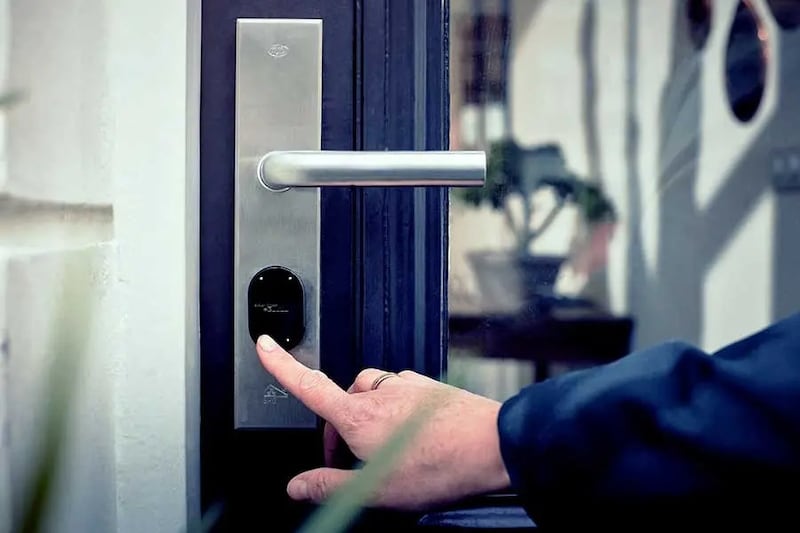
Smart homes are not just about being able to control your coffeemaker remotely though. Appliances can now become self-diagnostic, warning householders via a notification on an app, for example, when a part is malfunctioning or showing signs of wear. Nipping that in the bud and ensuring a proper maintenance schedule will keep your home appliances in good shape and working for longer, ticking one box for many consumers.
“Buying for longevity and not throwaway is a real key piece for our customers,” says Kube’s Fagan.
However, there are some things that you need to be aware of when installing connected devices in your home.
The first is the interoperability of all the systems. Each manufacturer has its own app and, in some cases, its own bridge device to enable remote access. Not so long ago you made a choice about what smart home hub you were going with – Google Home, Amazon Alexa, HomePod – and built your system around that to bring your smart home operations under one app. But not all systems were compatible with all the hubs, so you needed to be wary of what you were buying.
But there is good news on that front. The recent roll-out of the Matter smart home standard should ensure that future devices are compatible with each other. It’s not before time either. The confusion created by the competing technologies has made building a smart home a daunting task for all but the most tech savvy, and one best approached with caution.
“Understanding that you can now use one app – you don’t necessarily have to use all the different apps with Matter products – that’s making the journey even more seamless, with all the core companies signed up to Matter,” says Beakey. “It just makes it an easy experience for everybody.”
Security should be another consideration when choosing your smart home devices. While cost can be an important consideration for some shoppers, it shouldn’t be the deciding factor, particularly if buying a cheap device could leave you vulnerable to security holes that enable hackers and other malicious users to gain access to your devices.
Likewise, keep up security updates for your devices – enable automatic updates if possible – and don’t forget to include your internet hub or router security in that.
“I think we are starting to see the advent of almost tech for tech’s sake and I think some of these are sold under a badge of convenience – but it’s not necessarily needed,” says Cormac Mannion, head of Net Zero operations at BGE.
Regardless of how much we want embrace it, though, the march of the smart home is inevitable.
“It’s coming, across pretty much all devices in your home,” says Beakey. “Embrace it and benefit from the security and the convenience that these devices offer you.”















